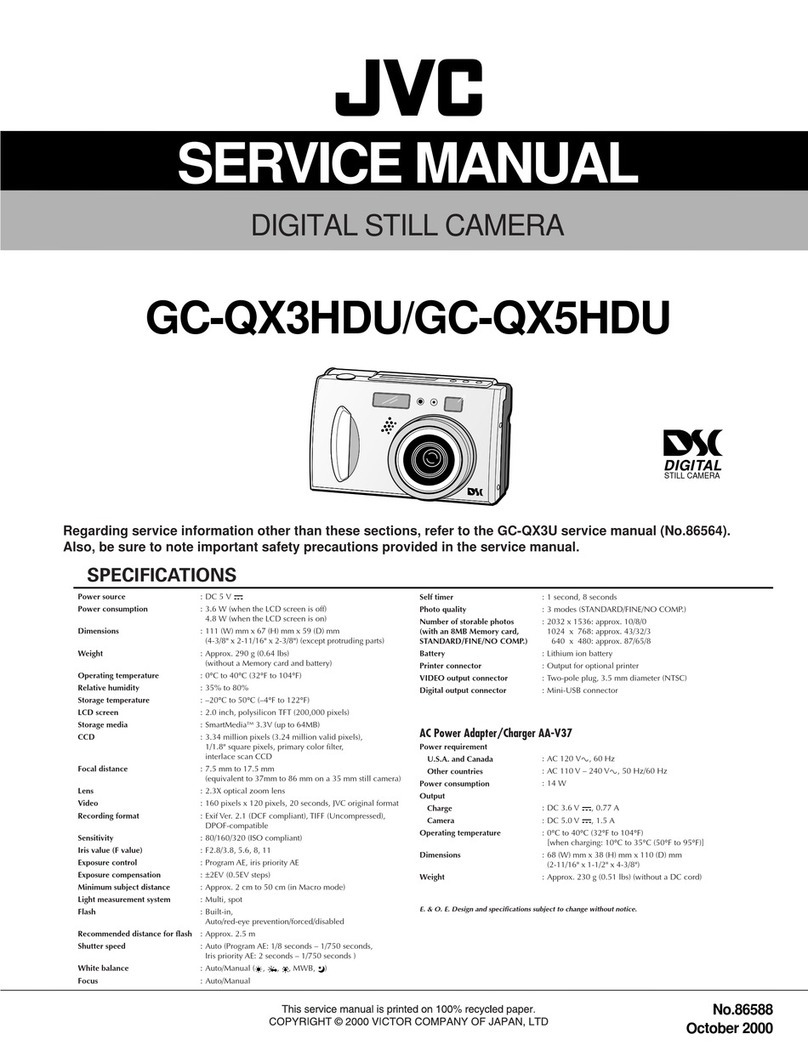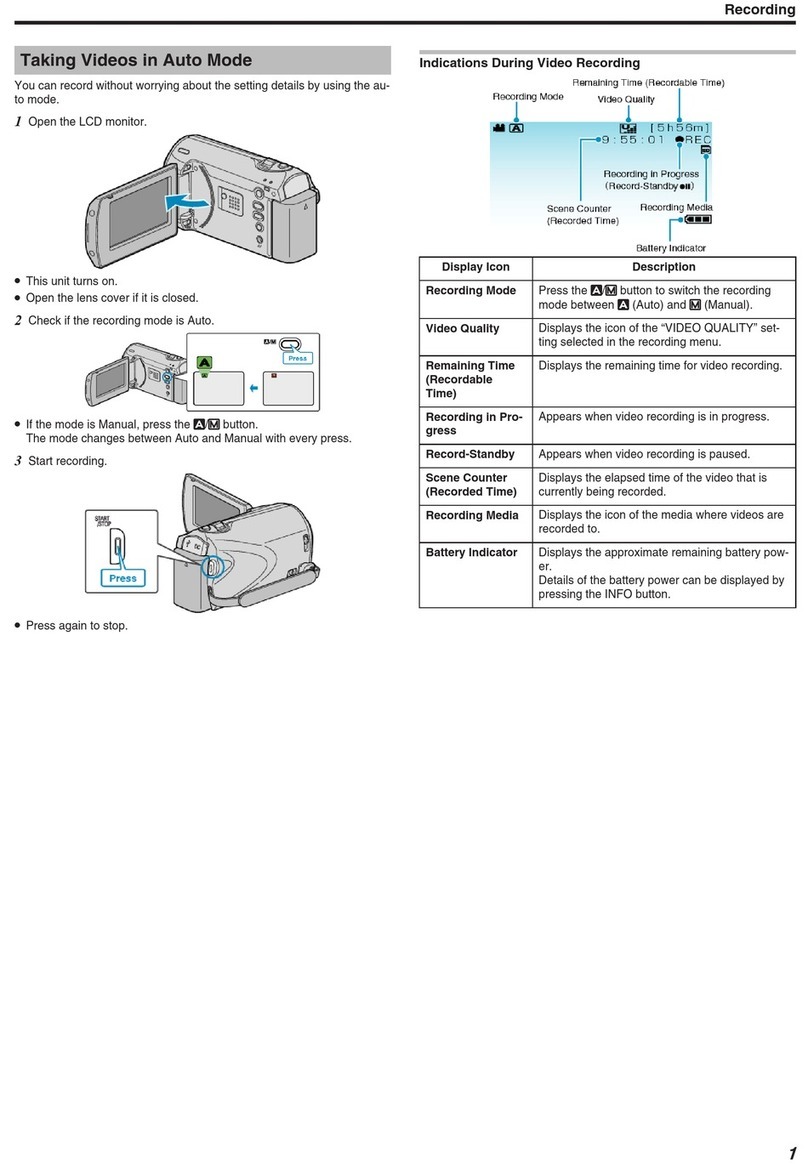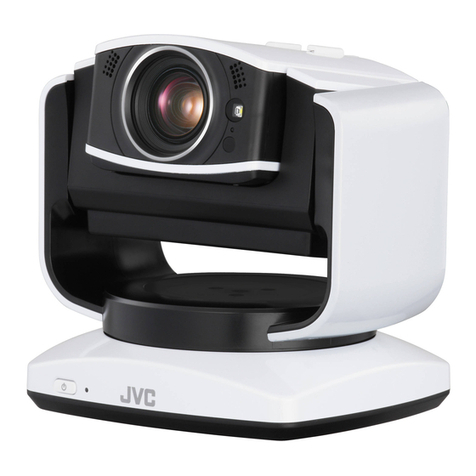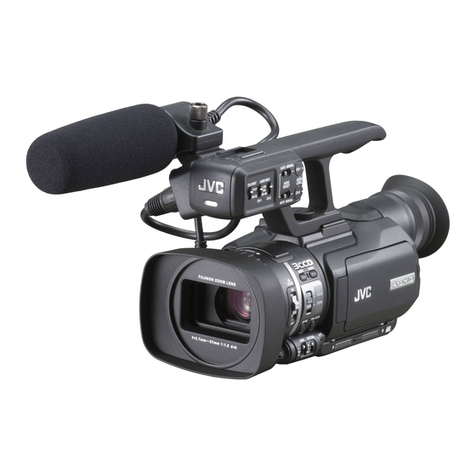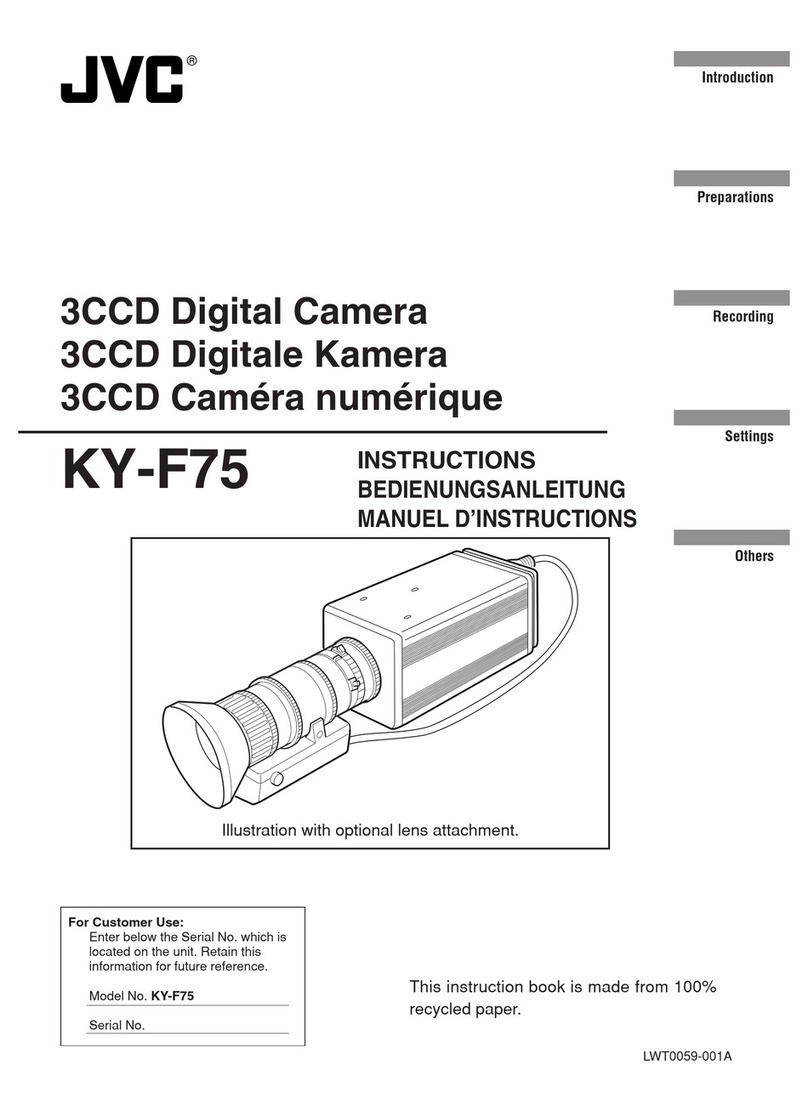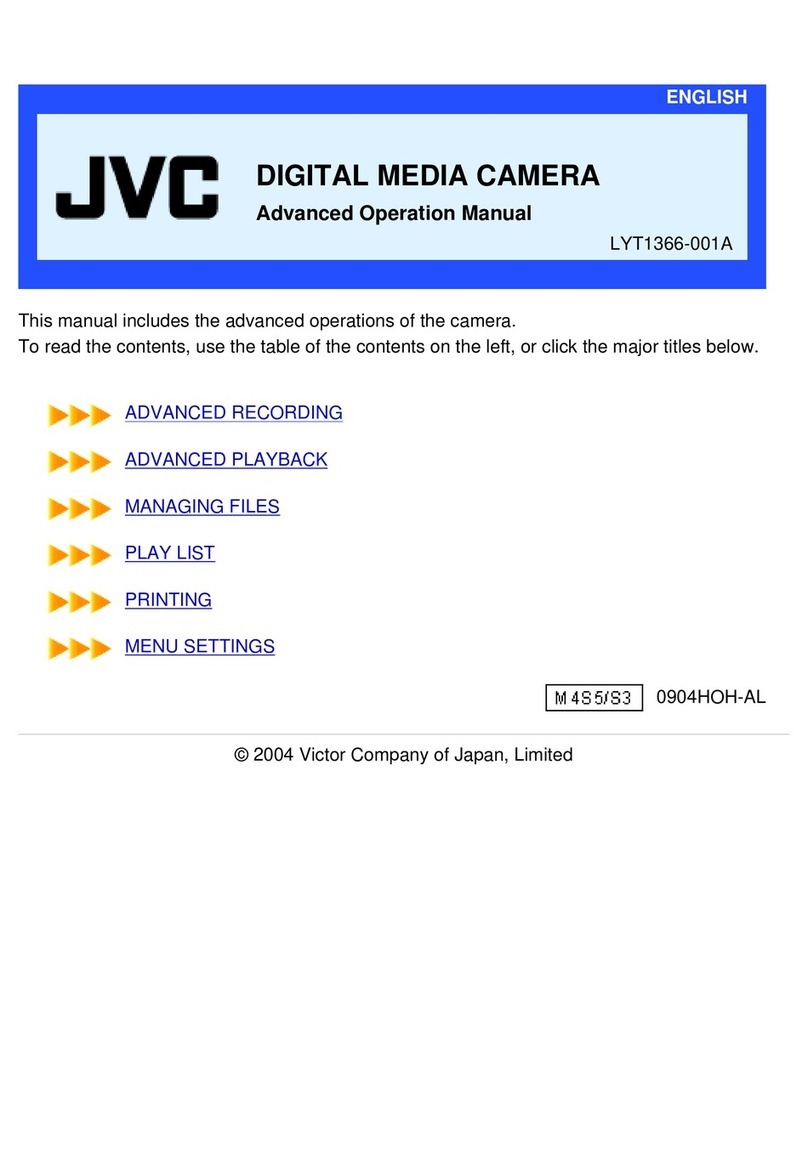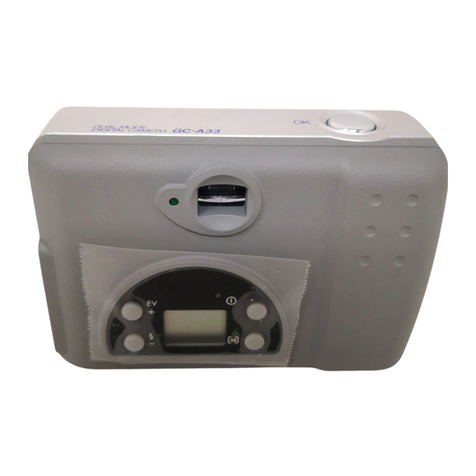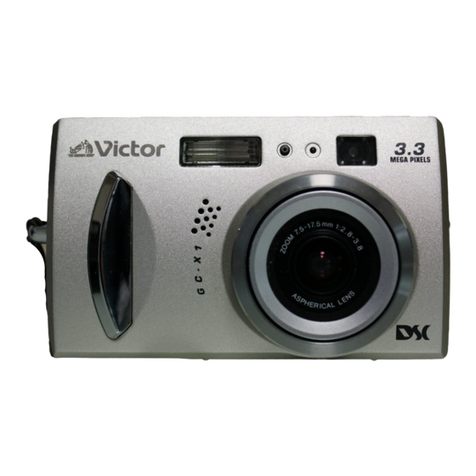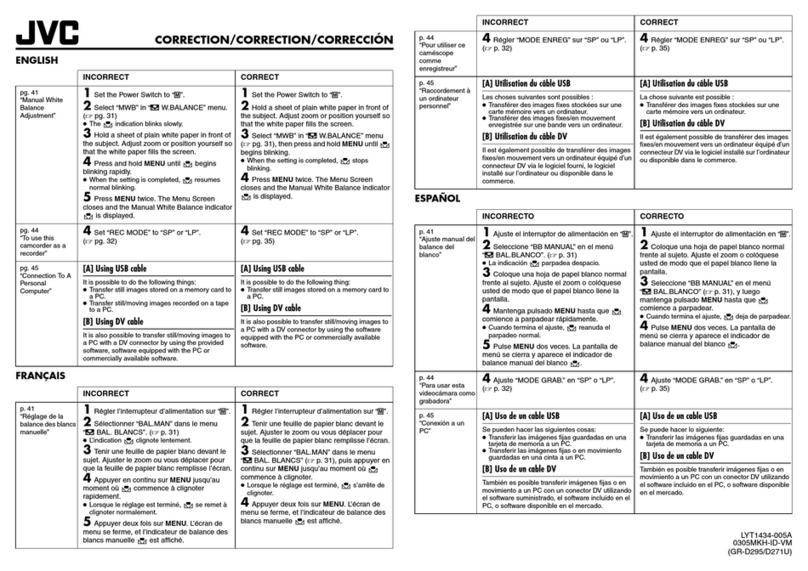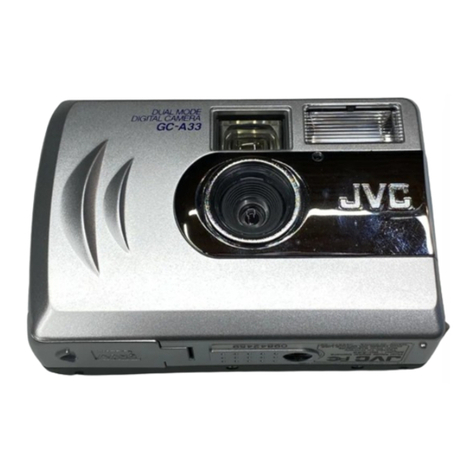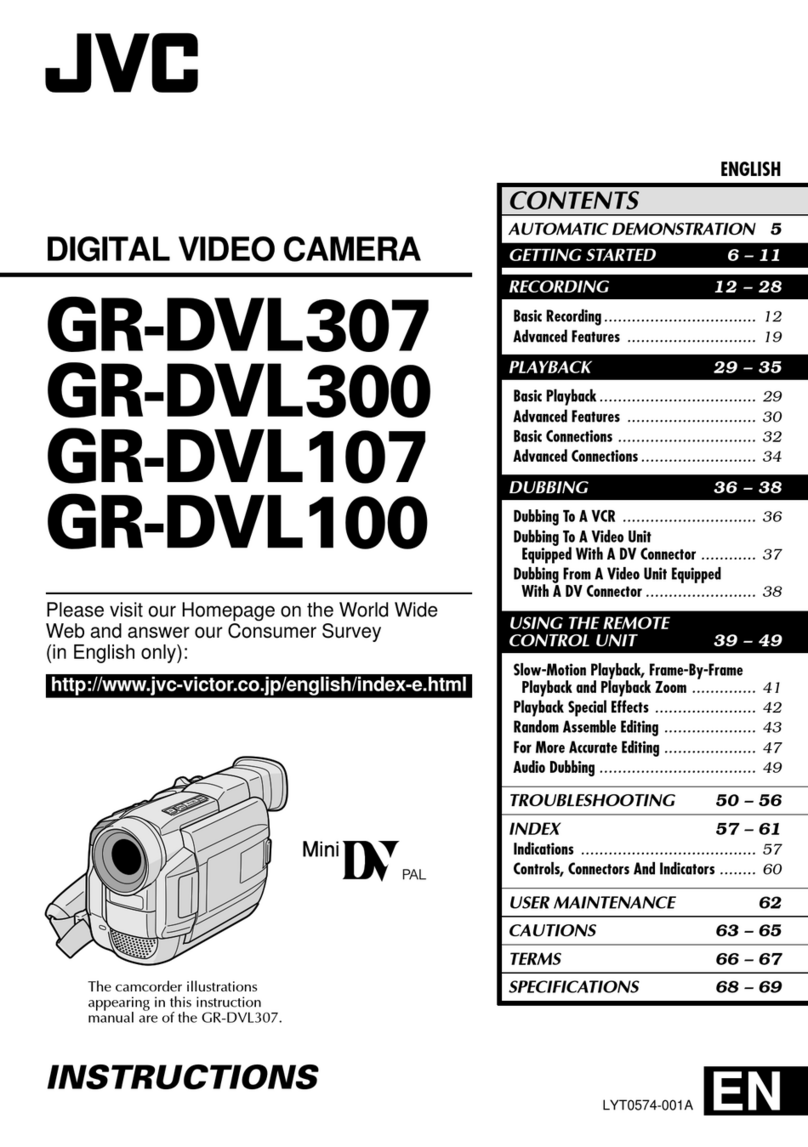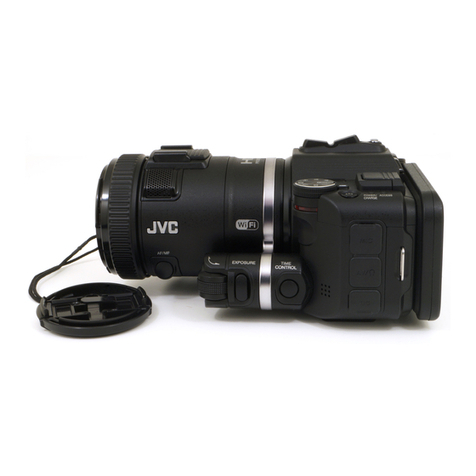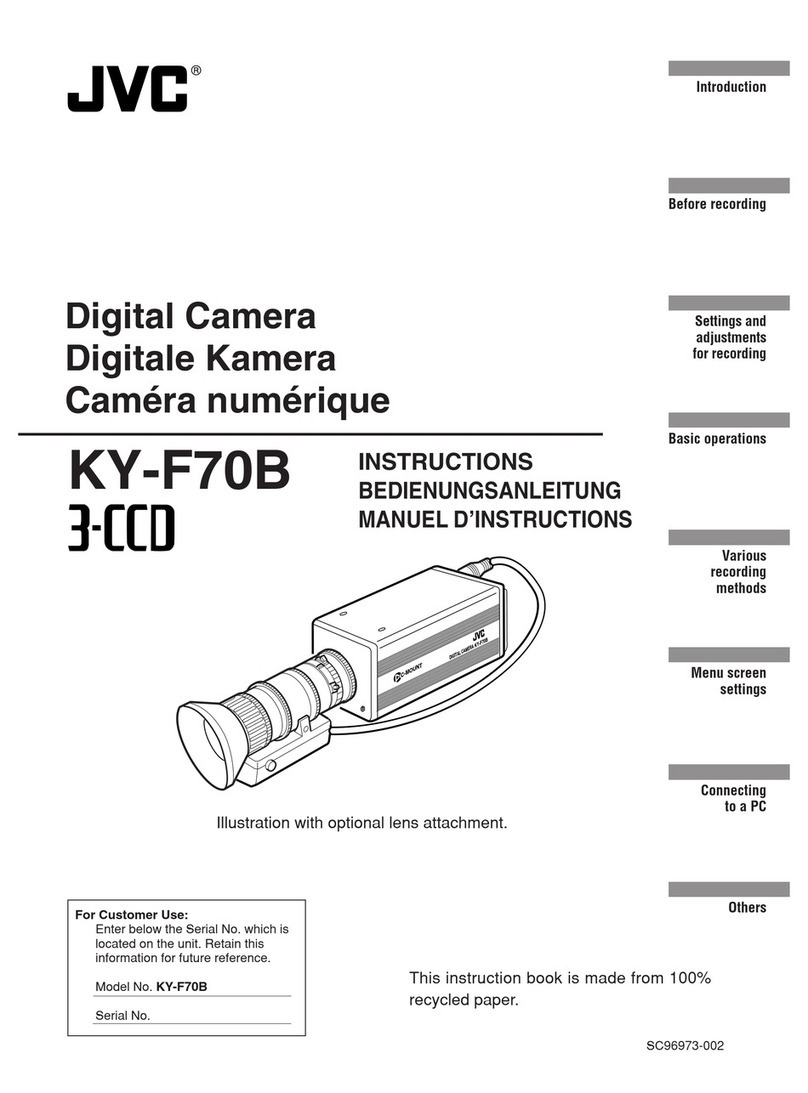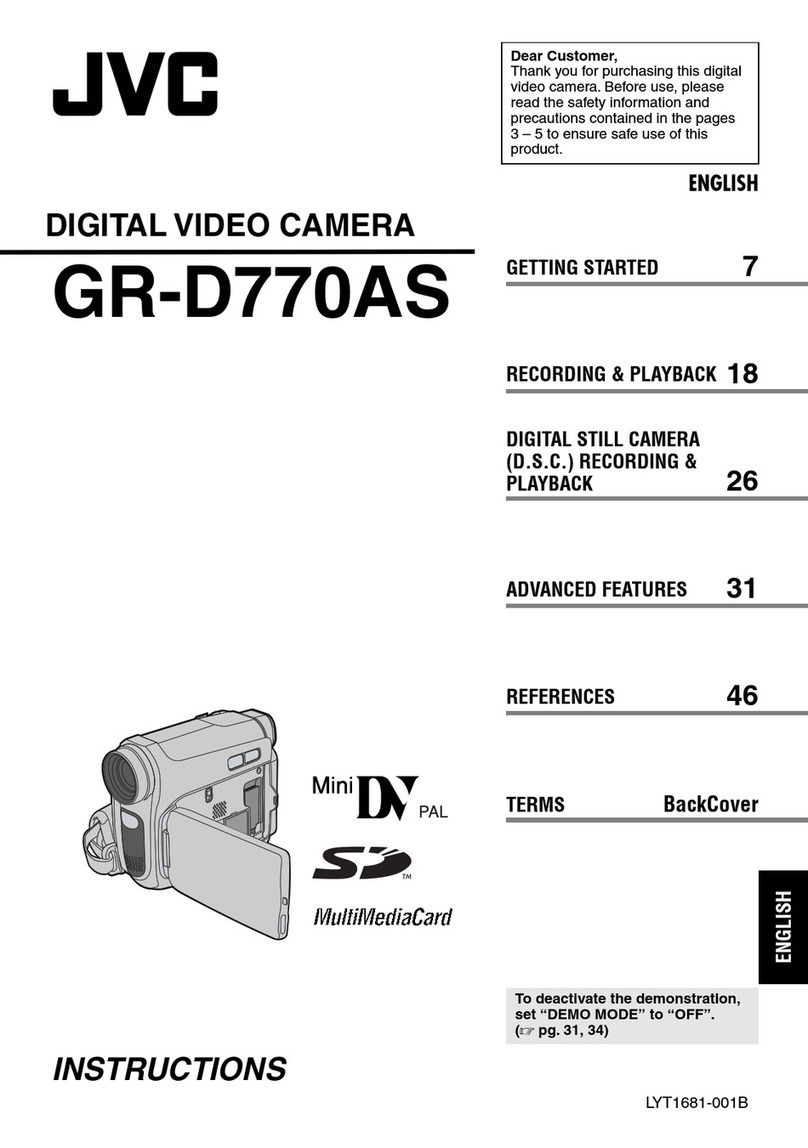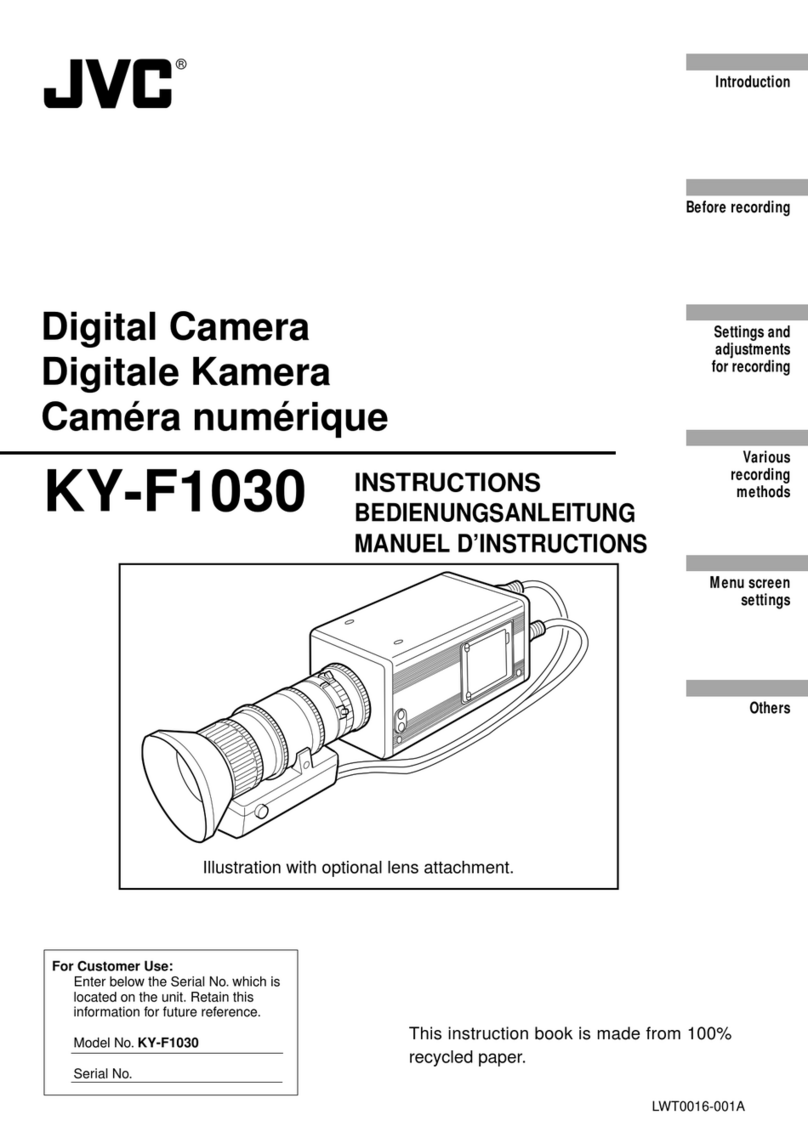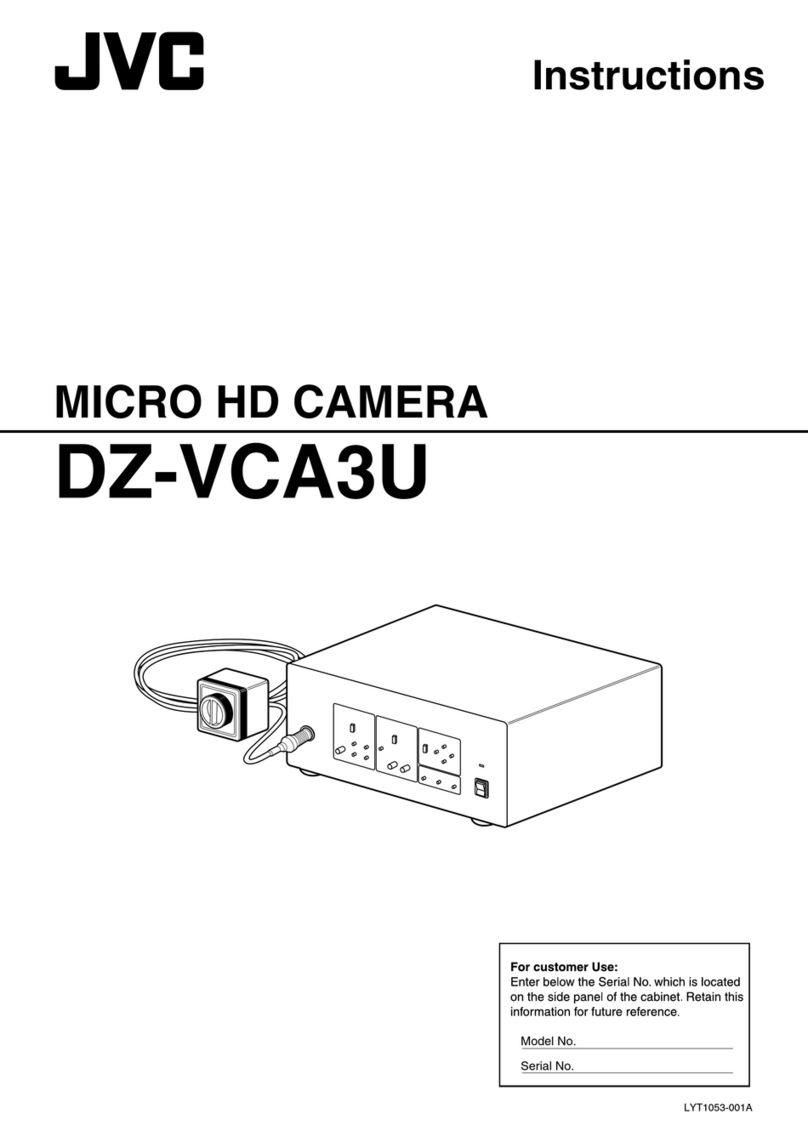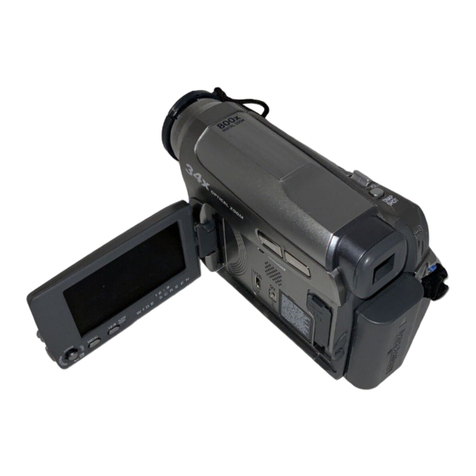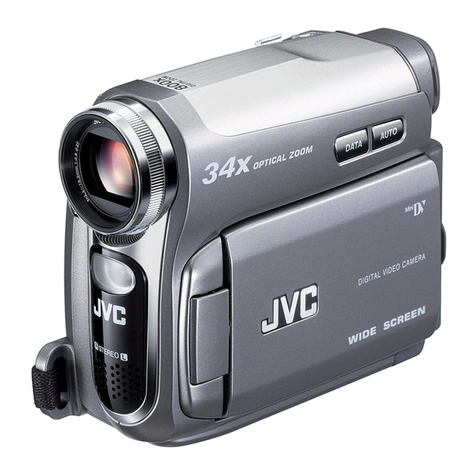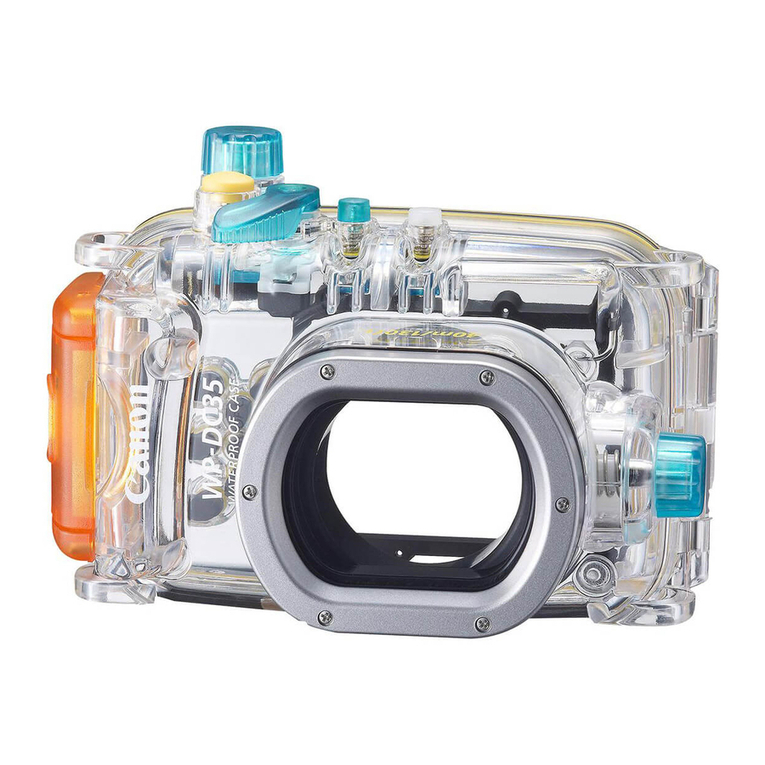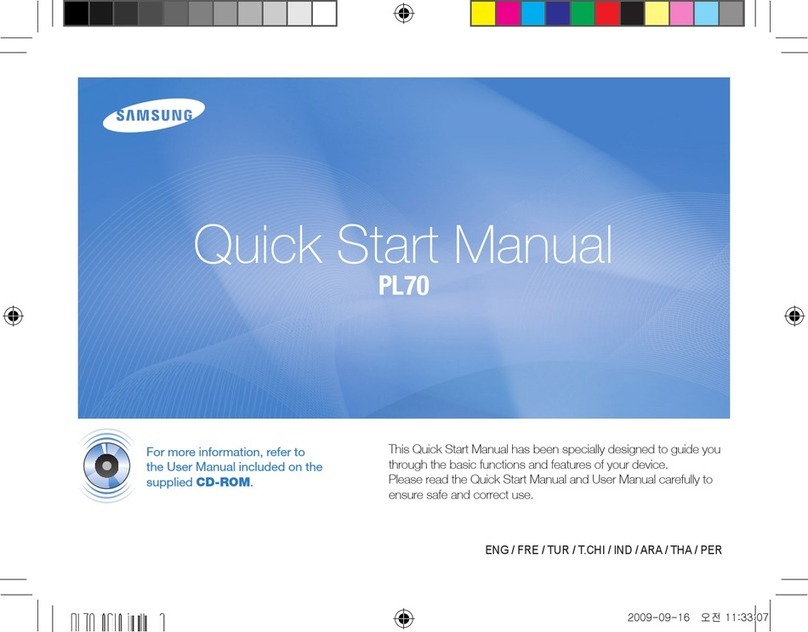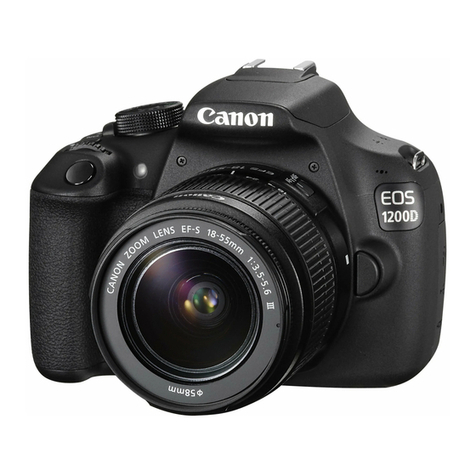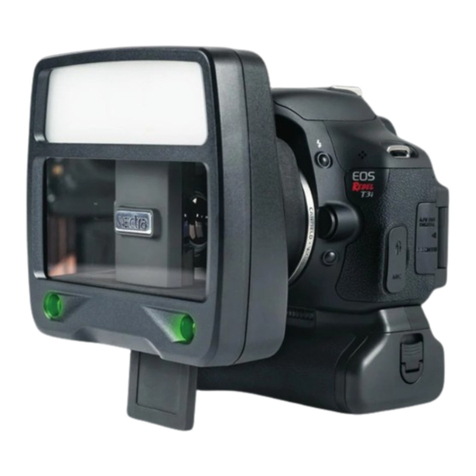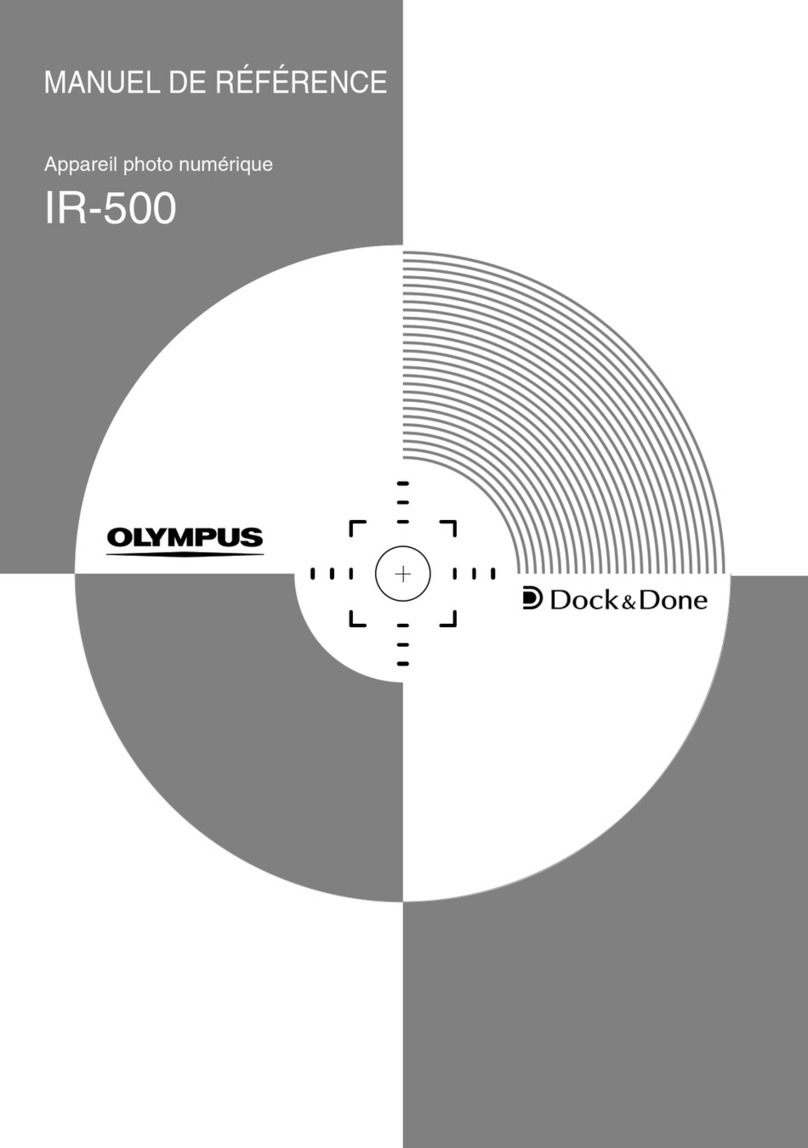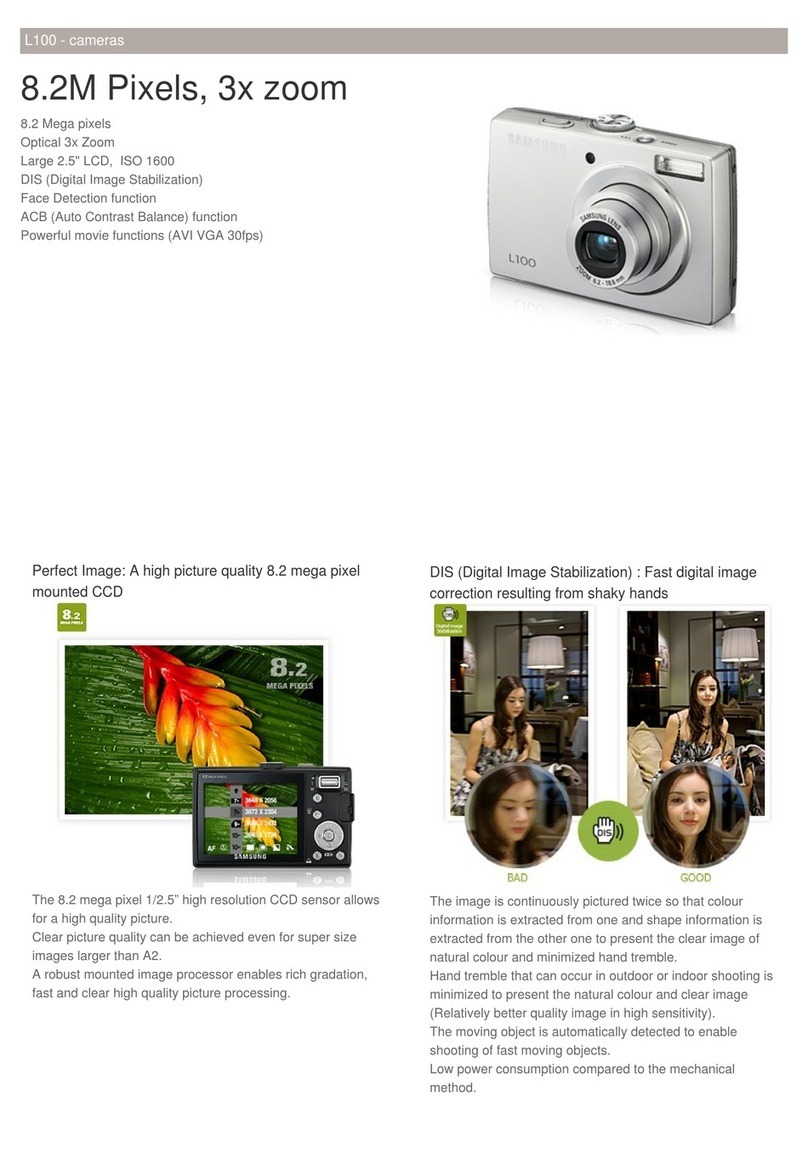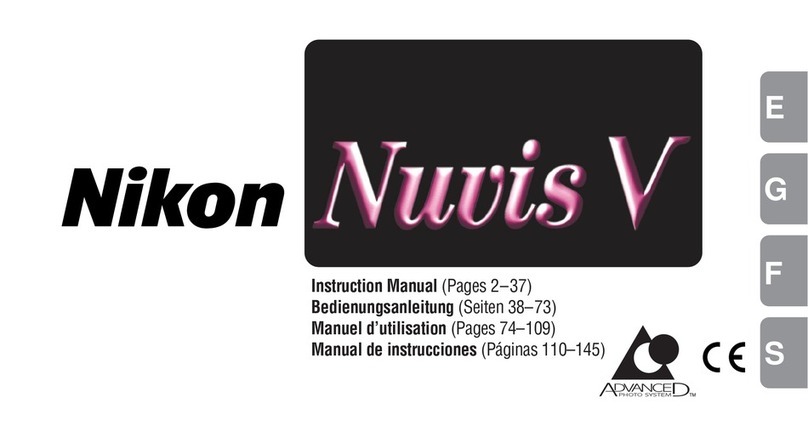1-7
1-6
Pin Descriptions
Pin No. Pin Name Description I/O
Analog (A) or
Digital (D)
1 NC No internal connection - -
2 D0 Digital output terminal (LSB) O D
3-10 D1-D8 Digital output terminals O D
11 D9 Digital output terminal (MSB) O D
12 NC No internal connection - -
13 OADCLK Latch clock output terminal for D0 to D9 O D
14 DVSS Digital GND (0V) - D
15 DVDD Power for digital 3.0V system - D
(Should be connected to AVDD outside the IC.)
16 ADCLK Analog-to-digital conversion clock input terminal I D
17 OBP Optical black pulse input terminal I D
18 SPBLK Black level sampling clock input terminal I D
19 SPSIG Signal level sampling clock input terminal I D
20 PBLK Pre-blanking signal input terminal I D
21 OADSW OADCLK enable input terminal I D
22 AVSS Analog GND (0V) - A
23 AVDD Power for analog 3.0V system - A
24 NC No internal connection - -
25 CDSSW Signal level sampling output terminal O A
26 CDSIN CDS input terminal I A
27 ADCIN ADC input terminal I A
28 BLKSH Black level sample/hold terminal - A
29 BLKFB Black level feedback terminal - A
30 AVSS Analog GND (0V) - A
31 AVDD Power for analog 3.0V system - A
(Should be connected to DVDD outside the IC.)
32 VRT Reference voltage terminal 3 - A
(Ceramic capacitor of 0.1µF or more should be
connected between this terminal and AVss.)
33 VRB Reference voltage terminal 2 - A
(Ceramic capacitor of 0.1µF or more should be
connected between this terminal and AVss.)
1.4 IC BLOCK DIAGRAM
1.4.1 IC 1002 (CXD2497R)
181716151098 21131214
28
27
26
25
30
3
31
32
33
6
2
37
48
34
45
38
42
47
40
46
44
39
43
41
5
4
24
23
22
20
19
35361297
11
PBLK
CLPDM
OBCLP
ADCLK
V
SS
5
ID
WEN
Pulse Generator
1/2
Selctor
Register
Selector
SSG
Latch
V Driver
OSCI
OSCO
CKI
CKO
MCKO
SNCSL
SSI
SCK
SEN
SSGSL
RST
TEST1
TEST2
V
DD
4
XSHP
XSHD
XRS
V
SS
4
V
DD
1
V
DD
5
HD
VD
V
SS
1
V
SS
5
V
DD
2
RG
V
SS
2
V
DD
3
H1
H2
V
SS
3
V1A
V1B
V2
V3A
V3B
V4
SUB
VH
VM
VL
Pin Descriptions
Pin No. Pin Name I/O Description
1VSS1 - GND
2 RST I System reset input terminal H: Reset released L: Reset
activated
(Should be activated at power ON, normally.)
(Schmitt trigger input/without protection diode on power
supply side)
3 SNCSL I Sync system switching control input terminal
(with pull-down resistor)
H: CKI sync L: MCKO sync
4 ID O Line identification pulse output terminal in the vertical
direction
5 WEN O Memory write timing pulse output terminal
6 SSGSL I Built-in SSG enable input terminal (with pull-down
resistor)
H: Built-in SSG is effective. L: External sync is effective.
7VDD1 - 3.3V power (for common logic section)
8VDD2 - 3.3V power (for RG terminal)
9 RG O Reset gate pulse output terminal for CCD
10 VSS2 - GND
11 VSS3 - GND
12 H1 O Clock output terminal for CCD horizontal register
13 H2 O Clock output terminal for CCD horizontal register
14 VDD3 - 3.3V to 5.0V power (for H1 and H2 terminals)
15 VDD4 - 3.3V power (for CDS system terminals)
16 XSHP O CCD pre-charge level sample/hold pulse output terminal
17 XSHD O CCD data level sample/hold pulse output terminal
18 XRS O Sample/hold pulse output terminal for phase matching in
analog-to-digital conversion
19 PBLK O Pulse output terminal for pulse cleaning during
horizontal and vertical blanking period
20 CLPDM O Pulse output terminal for CCD dummy signal clamping
21 VSS4 - GND
22 OBCLP O Pulse output terminal for CCD optical black signal
23 ADCLK O Clock output terminal for analog-to-digital conversion IC
Logical phase is adjustable with the serial interface data
24 VSS5 - GND
25 CKO O Inverter output terminal
26 CKI I Inverter input terminal
27 OSCO O Inverter output terminal for oscillation (If not used,
should be opened or connected to GND through a
capacitor.)
28 OSCI I Inverter input terminal for oscillation (If not used, should
be fixed to "Low".)
29 VDD5 - 3.3V power (for common logic section)
30 MCKO O System clock output terminal for signal processing IC
31 SSI I Serial interface data input terminal for setting each IC
mode (Schmitt trigger input/without protection diode on
power supply side)
32 SCK I Serial interface clock input terminal for setting each IC
mode (Schmitt trigger input/without protection diode on
power supply side)
33 SEN I Serial interface strobe input terminal for setting each IC
mode (Schmitt trigger input/without protection diode on
power supply side)
34 VD I/O Vertical sync signal input/output terminal
35 HD I/O Horizontal sync signal input/output terminal
36 VSS6 - GND
37 TEST1 I IC test terminal 1 with pull-down resistor (Should be
fixed to GND normally.)
38 VM - GND (for vertical drivers)
39 V2 O Clock output terminal for CCD vertical register
40 V4 O Clock output terminal for CCD vertical register
41 V1A O Clock output terminal for CCD vertical register
42 VH - 15.0V power (for vertical drivers)
43 V1B O Clock output terminal for CCD vertical register
44 V3A O Clock output terminal for CCD vertical register
45 VL - -7.5V power (for vertical drivers)
46 V3B O Clock output terminal for CCD vertical register
47 SUB O Pulse output terminal for CCD electronic shutter
48 TEST2 I IC test terminal 2 with pull-down resistor (Should be
fixed to GND normally.)
1.4.2 IC 2001 (CDS/AGL)
34 VRM Reference voltage terminal 1 - A
(Ceramic capacitor of 0.1µF or more should
be connected between this terminal and AVss.)
35 BIAS Internal bias terminal - A
(A 24-Kohm resistor should be connected
between this terminal and AVss.)
36 NC No internal connection - -
37 AVSS Analog GND (0V) - A
38 AVDD Power for analog 3.0V system - A
(Should be connected to DVDD outside the IC.)
39 NC No internal connection - -
40 AVSS Analog GND (0V) - A
41 AVDD Power for analog 3.0V system - A
(Should be connected to DVDD outside the IC.)
42 OEB Digital output enable control input terminal I D
43 CS Serial interface control input terminal I D
44 SCK Serial clock input terminal I D
45 SDATA Serial data input terminal I D
46 DVDD Power for digital 3.0V system - D
(Should be connected to AVDD outside the IC.)
47,48 DVSS Digital GND - D
13 16 18 19
42 OEB
11 D9
10 D8
9D7
8D6
7D5
6D4
5D3
4D2
3D1
2
32
VRB
34
VRM
33
VRT
35
BIAS
43
CS
45
SDATA
44
SCK
17
29
OBP
20
PBLK
BLKFB
BLKSH
CDSIN
CDSSW
ADCIN
D0
26
25
27
21
OADSW
OADCLK
ADCLK
SPBLK
SPSIG
AVDD
DVDD
AVSS
DVSS
28 CDS PGA 10bit
ADC
Output
Latch
circuit
TIMING
gen
DC offset
compensatory Serial
Interface
Bias
Occurrence
41 46 40 48
